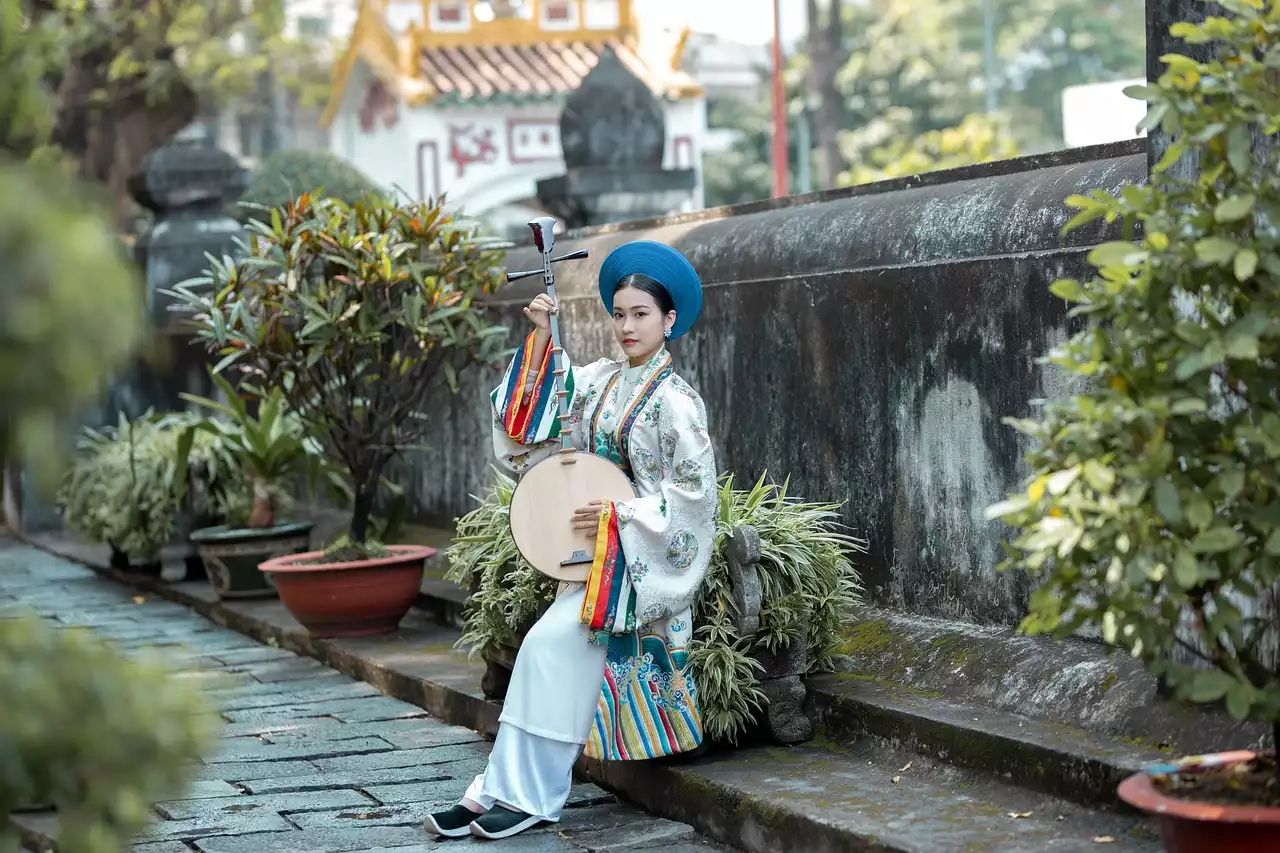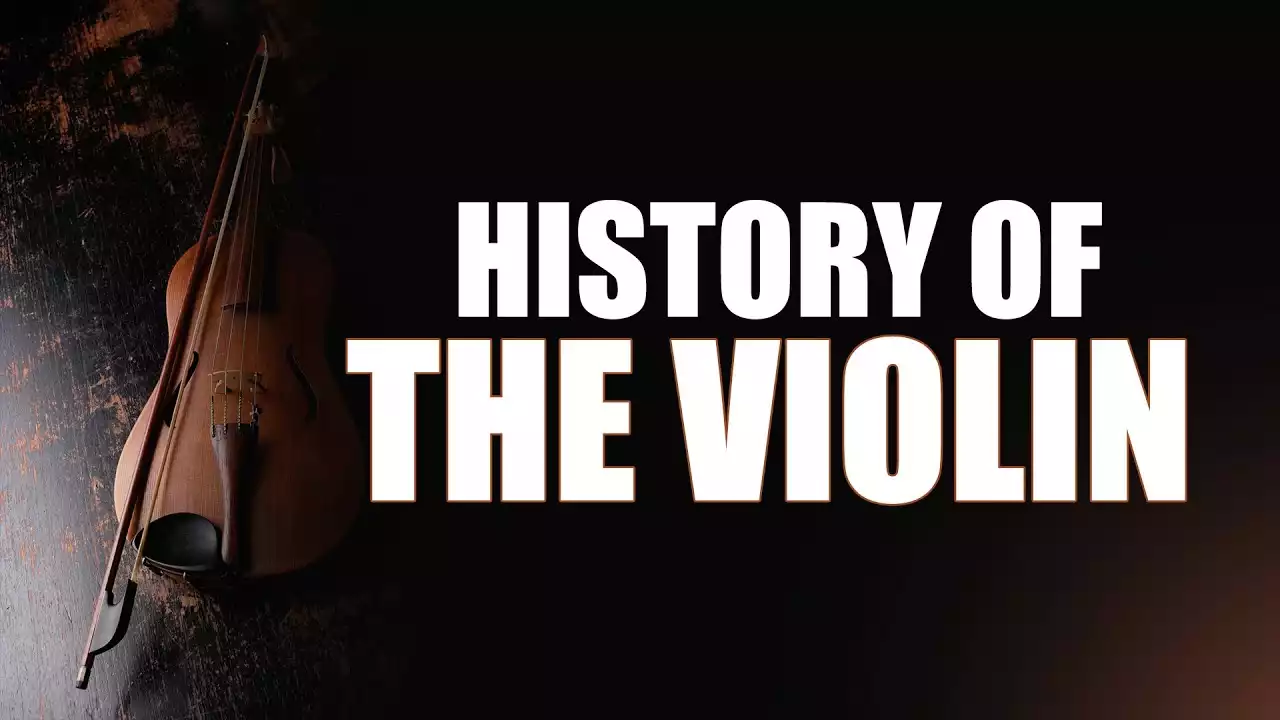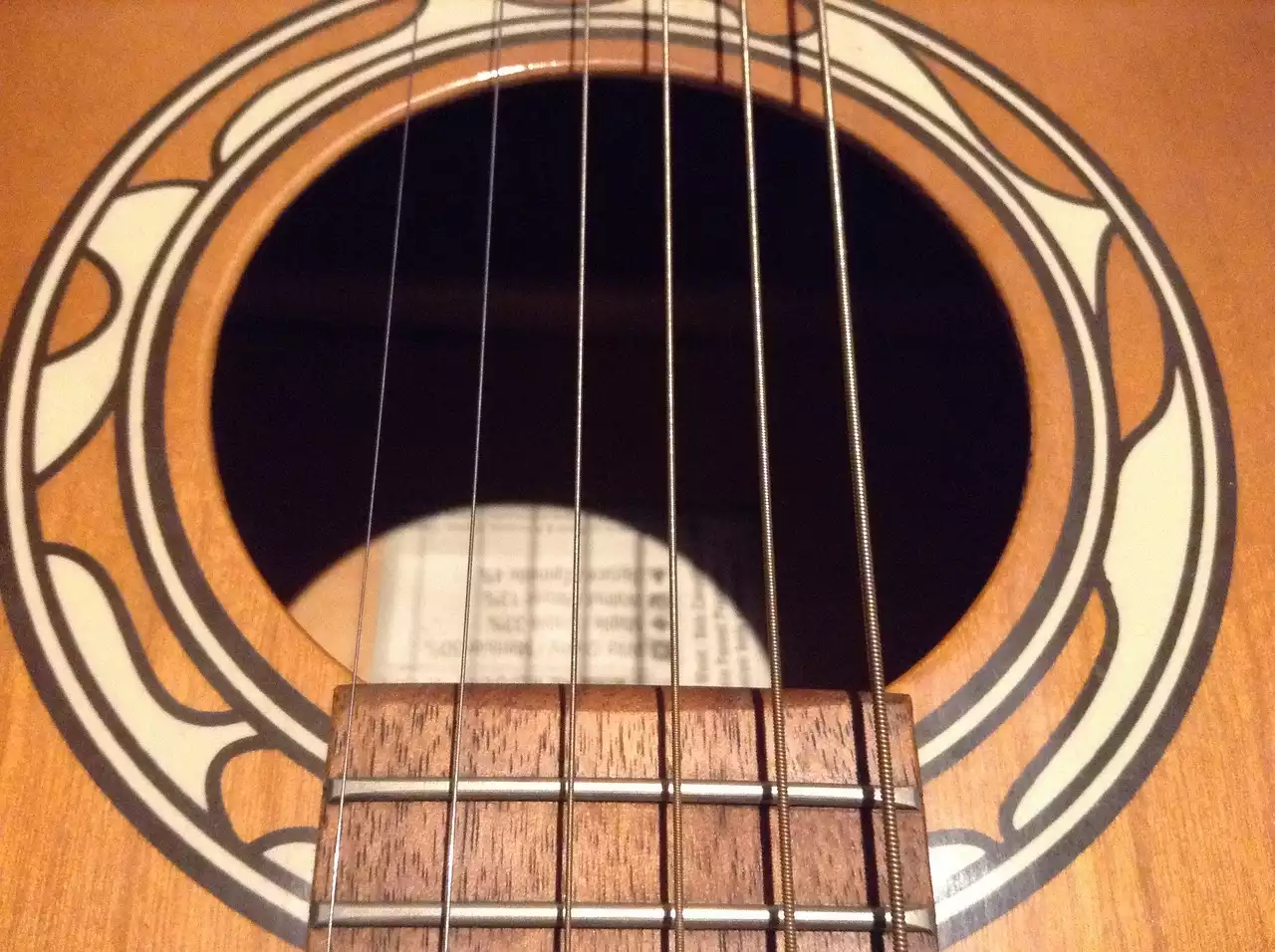Introduction
From the captivating sound of the erhu to the mesmerizing melodies of the sitar, Asian string instruments have a rich and diverse history that spans centuries. These unique musical instruments not only offer a window into the rich cultural heritage of Asia but also showcase the remarkable craftsmanship and technical mastery of their creators. Asian string instruments come in an array of shapes, sizes, and styles, each with its own unique sounds and techniques. Whether it's the hauntingly beautiful tones of the shamisen in Japan, the rhythmic plucking of the pipa in China, or the dynamic range of the sarod in India, each instrument brings its own distinct flavor to the world of music.
1: Origins and Cultural Significance
Asian string instruments have deep roots in the history and cultural traditions of their respective countries. In China, for example, the origins of string instruments can be traced back to ancient times. The pipa, a four-stringed instrument with a pear-shaped body, is believed to have been introduced to China during the Han Dynasty. With its delicate plucking technique and expressive range, the pipa has become an integral part of traditional Chinese music, often accompanying folk songs and storytelling performances.
Similarly, in Japan, the shamisen has a long and storied history. This three-stringed instrument has been played for centuries in various genres of Japanese music, including classical, folk, and even contemporary styles. With its distinct twangy sound and unique playing techniques, the shamisen has become an iconic symbol of Japanese culture.
In India, the sarod holds a special place in the hearts of music enthusiasts. This fretless, lute-like instrument is known for its versatility and ability to produce a wide range of tones. With its roots in Hindustani classical music, the sarod has been played by generations of musicians, captivating audiences with its intricate melodies and rhythmic patterns.
Instruments: Asian civilizations, harmony in diversity
2: Construction and Design
One of the most fascinating aspects of Asian string instruments is their intricate construction and design. Each instrument is meticulously crafted by skilled artisans who have honed their craft over generations. Take, for example, the erhu, a two-stringed instrument from China. Its body is made from a hollow wooden box, often covered with snake or python skin. The strings, traditionally made from silk, are now commonly replaced with steel or nylon. The erhu's unique sound is created by bowing the strings with a horsehair bow, producing a hauntingly beautiful tone that is instantly recognizable.
The sitar, on the other hand, is a complex instrument with a distinct appearance. Its long neck is adorned with multiple strings, both melody and drone, which are plucked with a wire plectrum. The sitar's resonator, known as the tumba, is made from a hollowed-out gourd, adding to its unique sound. The craftsmanship involved in creating a sitar is highly intricate, requiring a deep understanding of the instrument's acoustics and aesthetics.
3: Playing Techniques and Styles
The playing techniques and styles associated with Asian string instruments are as diverse as the instruments themselves. In Japan, for instance, the shamisen is played using a unique plectrum known as a bachi. The player plucks the strings with the bachi while using their other hand to slide and bend the strings, creating expressive and dynamic melodies. The shamisen is often used in traditional Japanese theater, accompanying kabuki performances and puppet shows.
In India, the sarod is played using a metal pick or plectrum, known as a mezrab. The player uses a combination of plucking and sliding techniques to produce intricate melodies and fast-paced improvisations. The sarod is often the centerpiece of classical Indian music performances, showcasing the artist's virtuosity and ability to navigate complex ragas.
4: Contemporary Influence and Global Reach
While Asian string instruments have deep roots in traditional music, they have also found their way into contemporary genres and have gained popularity worldwide. Artists such as Yo-Yo Ma and Ravi Shankar have played a pivotal role in introducing Asian string instruments to global audiences, bridging the gap between different musical traditions.
In recent years, Asian string instruments have also been incorporated into popular music genres, adding a unique flavor to mainstream songs. From the haunting melodies of the erhu in movie soundtracks to the distinctive twang of the sitar in pop hits, these instruments have become a staple in modern music production.
Conclusion
Asian string instruments are not just musical instruments; they are vessels of culture, history, and artistic expression. Through their enchanting sounds and intricate designs, they offer a glimpse into the rich tapestry of Asian heritage. From China and Japan to India and beyond, each instrument has its own unique story to tell. Whether you're a music enthusiast or simply curious about the world, exploring the captivating world of Asian string instruments is a harmonious adventure that will leave you mesmerized and inspired. So come, let's embark on this musical journey together, and discover the melodies and mysteries behind some of Asia's most beloved string instruments.











